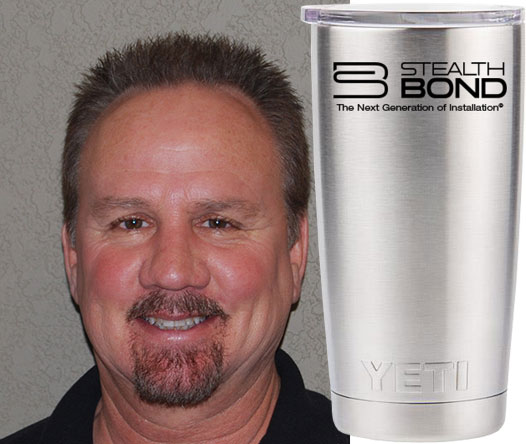Halogenated Flame Retardants and Insulation Selection: The Role of Transparency

Transparency is key in selecting the right insulation for the job.
By Chris Griffin
This white paper was originally published by Johns Manville and the full article, charts and references can be viewed here.
Over the last several years, there has been increasing awareness and discussion about the use of flame-retardants in building materials. Much of this has centered around the use of halogenated flame-retardants (HFRs) in insulations. HFRs are materials which contain halogens, chemical elements in group VII of the periodic table. They are the chemical elements whose names end in “ine,” such as fluorine, chlorine or bromine. Concerns have been raised by some groups about the use of HFRs in a range of products, including furniture, clothing and insulations such as polystyrenes, polyurethanes and polyisocyanurates.
Many articles and publications on this issue use very broad, all-encompassing statements about “plastic foam insulations” and “halogenated flame retardants.” It is important to remember, that by having such broad classifications, sweeping claims and statements tend to be made which can be inaccurate and misleading. For example, “plastic foam insulations” include expanded polystyrene, extruded polystyrene, spray polyurethane foam and polyisocyanurate – very different materials, with very different thermal, physical, mechanical and fire properties, and different flame-retardants. Similarly, the category “HFRs” includes materials which are known to have poor environmental performance, materials where there is no data and materials where the current data gives them a clean bill of health. An analogy would be to classify all mineral fiber insulations together, treating glass fibers, rockwool fibers and asbestos fibers in a single category, and claiming that they all cause chronic lung problems. This would not be a true or fair comparison.
These broad-brush statements make it difficult for the roofing designer to make informed decisions on materials selection. Since there is seldom a “one size fits all” solution, a way to access and compare independent, third party data would be helpful so designers can select the optimum material to meet their needs and the needs of their clients.
Some groups opposed to the use of HFRs take a very one-dimensional approach to materials selection, saying that they should not be used, period. In discussions with architects and roof designers, who tend to have broader perspectives, they certainly have an interest in the HFR discussion, but their concerns and questions go beyond into areas such as global warming, ozone depletion, chemical content, Red List materials etc. The all-encompassing word is transparency. Architects, roof designers and building owners and operators want to know everything about the materials being used in their buildings. Manufacturers can choose how much they want to disclose, or how transparent they want to be. In fact, the degree of transparency a manufacturer provides may itself become part of the criteria for materials selection, for example, in helping designers determine which manufacturer or supplier they choose to work with. In 2010, Tom Lent from Pharos stated, “Speak-up for disclosure…push them (manufacturers) to disclose what they are using and explore alternatives”.
There is not enough time here for a detailed discussion of different HFRs, but as stated above, a wide variety of materials is available. Some of the most commonly used HFRs over recent years are HDCB, and TCPP, the flame-retardant used in polyisocyanurate roofing insulation. There is general agreement that HDCB is a bad actor, and the European Union banned its use in 2009. TCPP, however, looks to be on the other end of the spectrum. There is no data to showing that TCPP is a problem, and even some of the groups opposed to HFRs state that, “A 2008 European Union risk assessment concluded that no further restrictions on its use were required after a comprehensive review of available data on environmental and health effects”, and there is no evidence that TCPP can migrate from plastic foam insulation into occupied spaces. Studies are continuing, but to date, there is no independent data about any harmful effects of TCPP.
With all this complexity, claims and counter-claims, how can a roof designer access information to make an informed insulation material selection decision? Fortunately, there are helpful and informative tools which meet the criteria of publicly available, independent, third-party information. To view the data, click here.
Save
Save
Save






















Comments
Leave a Reply
Have an account? Login to leave a comment!
Sign In